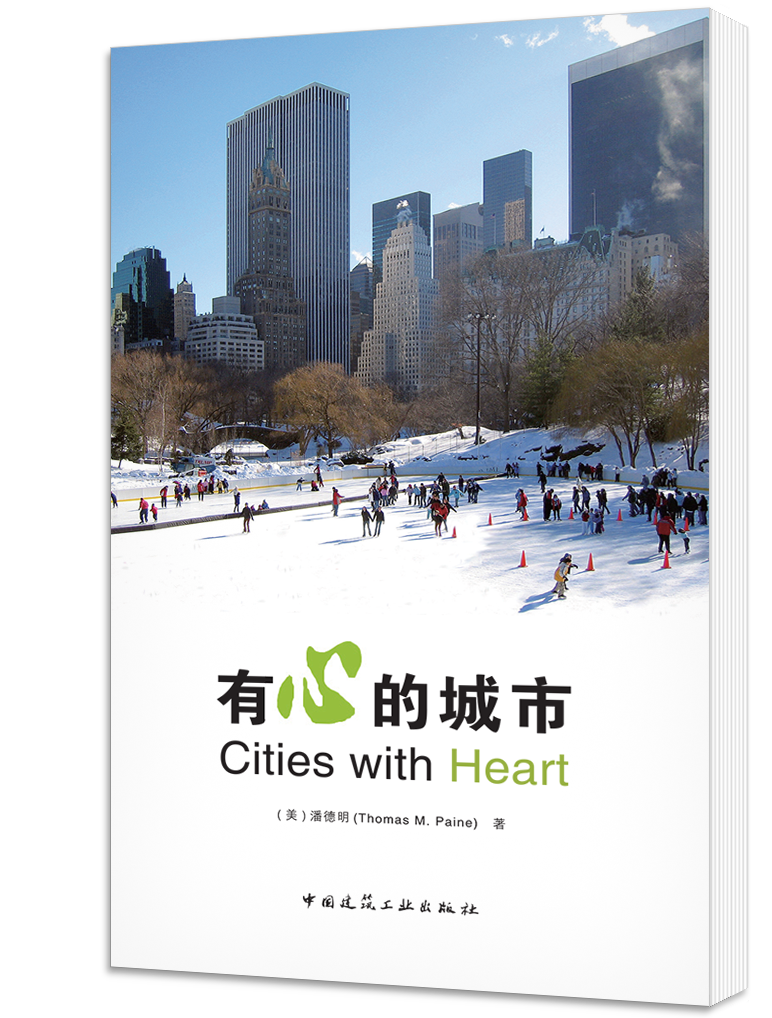Only slightly less newsworthy than the sea change in world acknowledgment of climate change is the collective realization that the world is spawning the greatest wave of urbanization in all history. By 2030 China will have two hundred cities with a population of a million-plus. It already has sixty of them (compared to the U.S. with only ten). For cities in the rest of the world, double that. Of the impending rollout of high density and high-rise buildings there can be no doubt. But will these burgeoning cities be livable, let alone world-class? What if it were true that cities are no better than their parks? They aren’t.
This book makes the case that great cities do not have to have the tallest buildings, but they must have great parks. Urban leaders will of course praise the idea of parks, but too few defend them to the death against all the other competing demands for space and for money. When it comes to open space access, the sense of urgency on the part of decision makers typically remains in short supply. Almost any other infrastructure goes to the head of the line. Parking? Sure. But parks? Access to outdoor space is not just nice to have, it is essential for human wellbeing. Just as public health matters for safe and decent community life, human wellbeing is not expendable, it is essential. It is time for a declaration of the greenspace imperative.
The need comes right after eradicating disease and hunger, which is what matters the most in poor countries. People have a right, if they so desire, to lead healthy lives. And leading healthy lives is much more than freedom from want and disease, and access to clean air and water. Working to exhaustion, living in cramped quarters, slowly losing their physical and mental health, too many people living and working in many rapidly urbanizing areas are not living balanced healthy lives. Relentlessly eking out an existence in a drab world without respite, people need places to go other than a dormitory cell in a factory compound.
Leading healthy lives takes not just clean air and water but adequate and ample outdoor space that is safe, convenient, well designed, well maintained, and free. Easy access to open space that is planned, designed, and managed to world-class standards promotes essential human wellness in all its forms. Denial of that access is tantamount to incarceration in an unhealthy environment.
When open space is abundant, well designed, safe and well maintained, people want to return to it again and again. When people can conveniently make spending time in urban public open space a part of their weekly routine, they have a chance to lead a balanced healthy life. They can get needed exercise. Immersed in nature, they can relax, reflect, and dream. Stimulated by local culture celebrated in public space, they can feel a sense of community, and acquire a deeper understanding of their city’s proud place in the world. They form a positive emotional bond with the city and with that open space itself.
Surveys say that people consider access to quality parks and open space as second only to safety in what matters to them about the place they live. I invite readers to weigh in with your own take on what matters in city living.






